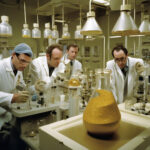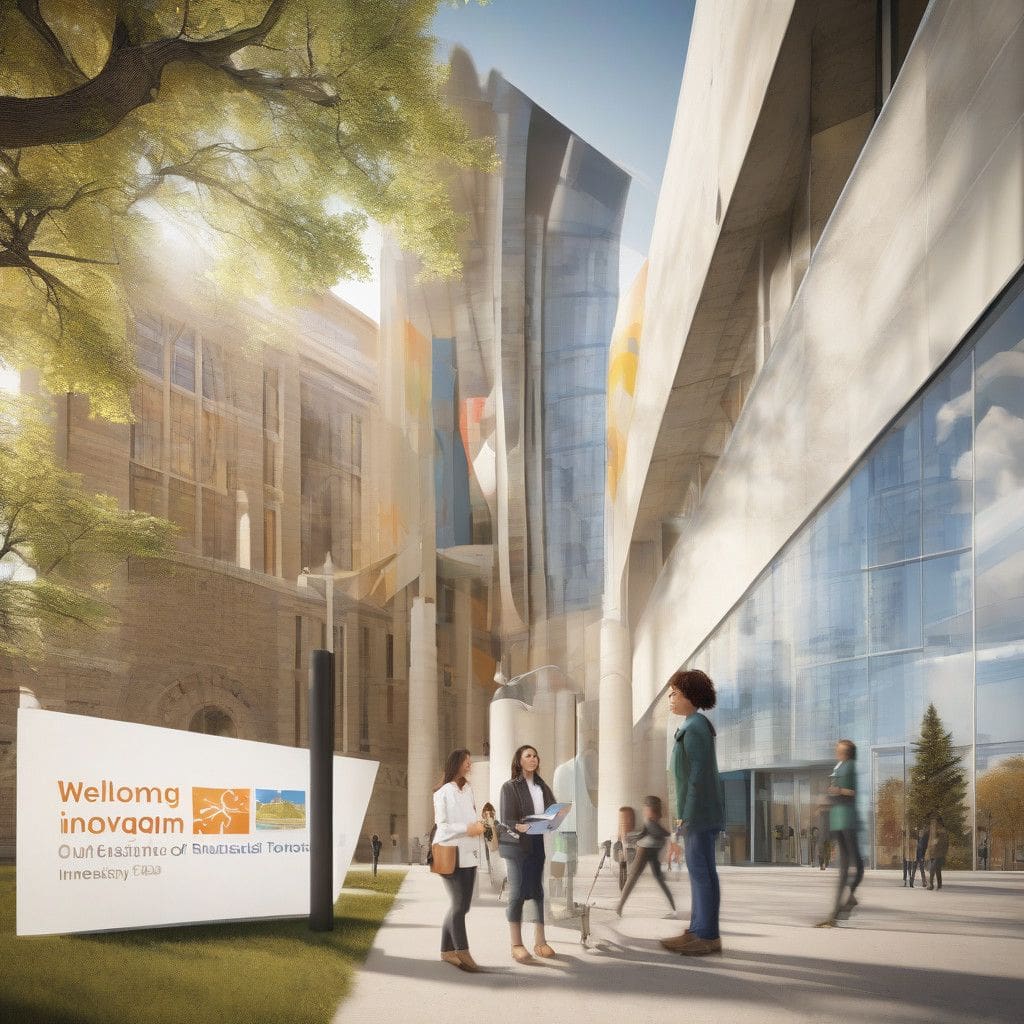The University of Saskatchewan (USask) stands as a beacon of innovation, marking significant milestones from the tiniest subatomic particles to the vastness of outer space. Located in the scenic heart of the Canadian Prairies, USask draws an impressive array of researchers and scholars from across the globe. Since its founding in 1907, the university has played a pivotal role in shaping higher education in Saskatchewan and Canada, cultivating leaders across diverse fields such as agriculture, health sciences, business, engineering, and the arts.
The university’s main campus, nestled along the South Saskatchewan River in Saskatoon, houses remarkable research facilities. Among these is the Canadian Light Source (CLS), Canada’s only synchrotron light facility. The CLS provides essential beamline research resources not only to USask faculty but also to national and international collaborators. The institution is also home to the Vaccine and Infectious Disease Organization (VIDO), which has been instrumental in developing vaccines for both humans and agricultural animals, contributing significantly to Canada’s COVID-19 response.
USask’s leadership in global research is further exemplified by its major institutions, including the Global Institute for Water Security (GIWS), the Global Institute for Food Security (GIFS), and the Sylvia Fedoruk Canadian Centre for Nuclear Innovation. These centers offer the crucial infrastructure and expertise necessary to tackle modern-day challenges. Additionally, USask boasts the Gordon Oakes Red Bear Student Centre, which is dedicated to Indigenous student achievement and cultural gathering. This initiative reflects the university’s commitment to integrating Indigenous perspectives into its research and community outreach.
Peter Stoicheff, President of USask, emphasizes the university’s mission by stating, “USask researchers continue to develop new technologies to improve the lives of people around the world. The university’s many research and innovation strengths, including superb faculty and students as well as unique-in-Canada infrastructure, enable our mission to be what the world needs.”
The commitment to innovation is further illustrated in the 2023/24 fiscal year, where USask achieved a milestone by garnering C$417 million in awarded research funding—a clear testament to the burgeoning research landscape. Baljit Singh (PhD), USask’s Vice-President Research, highlights this achievement as a reflection of the hard work and dedication of researchers, staff, and faculty, declaring, “The sky is truly the limit for both new and existing research, scholarly, and artistic work on this campus and in this province.”
USask has identified nine key Signature Areas of Research that are essential for advancing its innovative agenda. These areas include Agriculture, Communities and Sustainability, Energy and Mineral Resources for a Sustainable Future, Health and Wellness, Indigenous Peoples, One Health, Quantum Innovation, Synchrotron Science, and Water. Within these areas, USask researchers are continually creating and implementing innovative solutions.
One exemplary case is that of Dr. Ivar Mendez (MD, PhD), an internationally recognized leader in the field of virtual healthcare. As a professor emeritus of Neurosurgery in USask’s College of Medicine and the Director of the Virtual Care and Remote Presence Robotics Programs, Mendez’s work in telemedicine and robotics has transformed healthcare delivery, especially in rural and remote Canadian communities. His innovations have enabled healthcare professionals to conduct long-distance ultrasounds and provide critical mentoring in medical emergencies. The significance of his program grew notably during the COVID-19 pandemic, demonstrating the effectiveness of USask’s approach to modern healthcare challenges.
Moreover, the VIDO facility stands as Canada’s Centre for Pandemic Research, uniquely suited for developing new vaccines. Notably, VIDO played a vital role in creating two COVID-19 vaccines in Canada. Researchers such as Dr. Angela Rasmussen (PhD) and Dr. Alyson Kelvin (PhD) are at the forefront of studying emerging diseases such as mpox (formerly monkeypox), aiming to understand its transmission and develop effective treatments. The Canadian government is supporting this vital work, with C$30 million allocated in the recent federal budget for advancing VIDO’s infrastructure, including necessary upgrades to containment Level 4 facilities.
In the agricultural sphere, USask’s Crop Development Centre (CDC) has been paramount in enhancing Saskatchewan’s agricultural production. Contributing to the development of over 500 commercially available crop varieties, the CDC empowers local producers while making significant contributions to global food security. Dr. Curtis Pozniak (PhD), the CDC’s director, has been instrumental in leading an international project that sequenced the genomes of various wheat varieties, offering crucial insights for crop breeders worldwide.
The economic impact of USask’s research is substantial, with various innovations resulting in billions of dollars for the Canadian economy and creating numerous jobs. The university exemplifies how targeted research and development can drive significant progress and bolster community resilience.
In conclusion, the University of Saskatchewan is not just a hub of academic excellence; it serves as a global leader in research and innovation. By effectively addressing contemporary challenges across various sectors, USask showcases its commitment to creating solutions that benefit not only Saskatchewan but the entire world. With an unyielding focus on potential advancements and a drive for impactful research, USask continues to prove its role as a critical player in shaping a better future.












